At GTS Translation Services, we recently had the privilege of completing a large-scale translation project for Public Health Solutions (PHS), supporting the New York State Department of Health’s WIC program. The assignment involved translating six WIC food package leaflets into 18 different languages, ensuring that vital nutrition information is accessible to every family across New York, regardless of the language they speak at home.
Project Scope
The project required the translation and production of print-ready PDFs in the following languages: Spanish, Chinese, Bengali, Arabic, Russian, Yiddish, French, Haitian Creole, Urdu, Uzbek, Nepali, Dari, Burmese, Swahili, Karen, Pashto, Ukrainian, and Hindi.
Public Health Solutions provided non-editable PDF files. GTS recreated the leaflets in Adobe InDesign, producing editable source files that could be used for translation. Translators were supplied with IDML files, allowing them to work directly in their CAT tools and return fully translated IDMLs, which we then reintegrated into the InDesign layouts.
This approach ensured that each target-language version matched the exact layout of the original English, while delivering translations that were clear, concise, and culturally appropriate.
This project came with a set of unique challenges:
-
Multilingual scale: 18 languages delivered simultaneously within a tight time window, each requiring subject-matter expertise and cultural sensitivity.
-
Strict terminology rules: Program names like “WIC” were not to be translated; product sizes and U.S. units of measure (oz, lbs., quart, gallon) had to remain unchanged.
-
Clarity for diverse communities: WIC materials serve immigrant and refugee families, so translations needed to be written at a 6th–7th grade reading level — simple, direct, and accessible.
- GTS ensured that the translations reflected the local language variants spoken in New York, which are not always the same as the standardized forms used abroad. For example, Yiddish translations were prepared in the style used by Hasidic communities in Brooklyn rather than the Yiddish spoken in Israel, and Pashto was adapted to match the dialects spoken by Afghan refugee families in New York. This focus on local usage was essential to making the WIC leaflets clear, relatable, and trusted by the communities they serve.
-
Design and formatting: All translations had to fit within the recreated layouts without expansion, requiring concise phrasing and close collaboration between linguists and our DTP team. We also supported right-to-left (RTL) languages such as Arabic, Yiddish, and Urdu, ensuring correct text flow, fonts, and alignment across all 18 target languages.
-
Quality assurance: Every file was reviewed by a native linguist to ensure accuracy in food names, instructions, and sensitive terms like “infant cereal,” “canned fish,” and “fruits & vegetables.”
For GTS, this project underscores our ability to manage large, multilingual, and complex translation projects while maintaining both accuracy and cultural sensitivity. We are proud to have supported Public Health Solutions in their work to help New York State’s WIC program make essential materials accessible to all families.
Recognizing Public Health Solutions’ Leadership
This project reflects Public Health Solutions’ outstanding leadership and commitment to public health equity in New York State. As the largest public health nonprofit serving New York, Public Health Solutions continues to set the standard for language accessibility and community outreach. Their vision ensured that the WIC program could reach families from every cultural and linguistic background — a powerful example of how thoughtful communication can advance health equity and inclusion.
As Rudy Sicari, Director of WIC Vendor Management Agency at Public Health Solutions, noted:
Ensuring that WIC program information is available in so many languages is vital to serving New York’s diverse communities. At Public Health Solutions, we are committed to equity and accessibility, and this project helps us make sure all families can benefit from WIC resources regardless of the language they speak at home.
The successful completion of this project ensures that WIC-eligible families across New York State can now access important nutrition program information in their own language, strengthening trust in public health resources and improving accessibility.
Why does New York need so many languages?
The answer ties directly into New York’s demographics and public health policy.
1. Immense Linguistic Diversity
- New York State (especially New York City) is one of the most linguistically diverse regions in the world.
- According to U.S. Census and NYC Department of City Planning data, more than 200 languages are spoken at home.
- Major immigrant/refugee populations require materials in languages beyond the “usual five” (Spanish, Chinese, Russian, French, Arabic). That’s why WIC leaflets also include Bengali, Yiddish, Karen, Nepali, Pashto, Dari, Uzbek, Swahili, etc.
2. Legal and Policy Requirements
-
Under Title VI of the Civil Rights Act, recipients of federal funding (like WIC) must provide “meaningful access” for Limited English Proficiency (LEP) individuals.
-
New York State has its own language access laws — state agencies must provide vital documents in the top 12 non-English languages spoken by LEP residents. Local health partners often expand beyond that list to cover high-need refugee/immigrant groups.
3. Public Health Necessity
-
WIC serves low-income women, infants, and children — many of whom come from immigrant households.
-
If parents can’t understand eligibility rules, food package details, or nutrition guidance, they may miss out on benefits. Providing materials in native languages ensures program equity and improves participation.
4. Equity and Trust
-
Offering materials in multiple languages isn’t just about compliance — it’s about building trust with communities that might otherwise be hesitant to engage with government programs.
Language Diversity in the State of New York-Statistics
U.S. Census / American Community Survey data (most recent ACS 2021–22):
- 30% of New York State residents speak a language other than English at home.
- ~5.5 million people in New York live in households where another language is spoken.
- About 1.8 million people (≈9% of the state population) report speaking English “less than very well” — the category the Census uses to measure limited English proficiency (LEP).
- The largest LEP populations are among Spanish, Chinese, Russian, Yiddish, Bengali, and Arabic speakers.
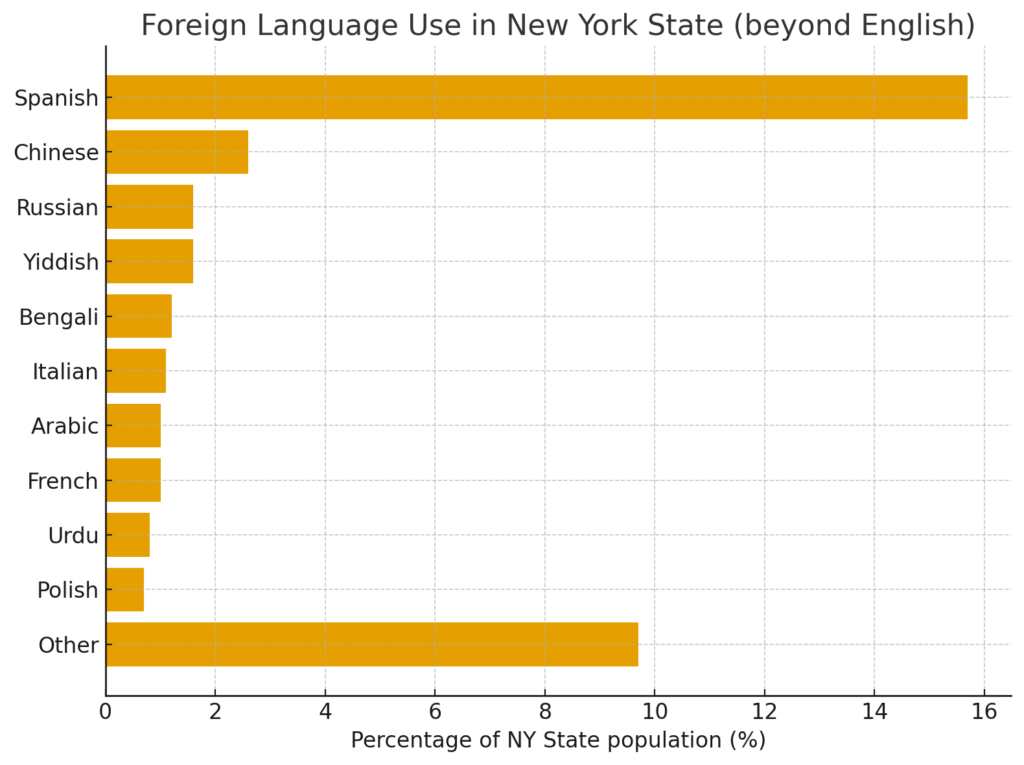
- The big groups (Spanish, Chinese, Russian, Hindi) run into the hundreds of thousands to millions.
- Mid-tier languages (Bengali, French, Arabic, Yiddish, Haitian Creole) are in the tens to hundreds of thousands.
- Refugee/immigrant community languages (Uzbek, Nepali, Dari, Burmese, Swahili, Karen, Pashto) have smaller but significant populations — often 10,000–25,000 speakers statewide.
This illustrates why New York needs so many languages for WIC: some serve massive communities, others serve critical but smaller immigrant/refugee groups, ensuring equity and access across the state.
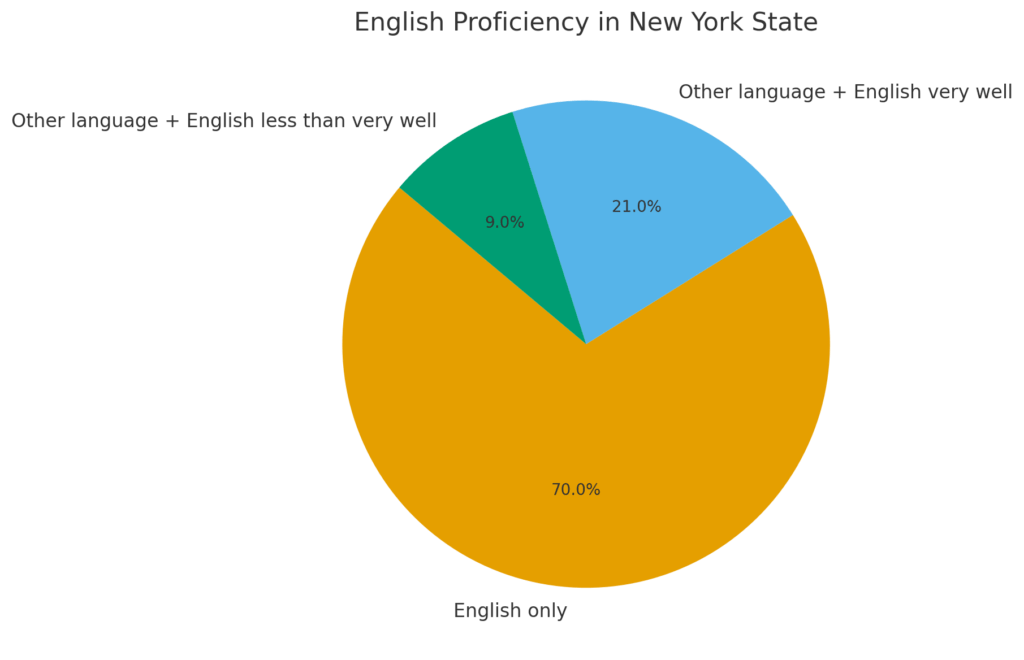
References for Language & LEP Statistics in New York
The sources below support statements in the post about the scale of non-English speakers and Limited English Proficiency (LEP) in New York State and New York City. Where exact counts for specific languages are unavailable, cite these as estimates based on the closest official data.
New York State – Language Diversity & LEP
- New York State Office of General Services (Language Diversity dashboard):
“Language Diversity in New York State” - New York State Language Access Law overview (official figures for non-English and LEP populations):
“New York State Language Access Law” - Migration Policy Institute – NY State language profile (speaks language other than English, LEP details):
“Language Use in New York (State Profile)”
New York City – Languages Spoken at Home
- NYC Department of City Planning – Top languages spoken at home (ACS):
PDF report (Top Languages) - NYC Planning – Prior ACS brief (share speaking language other than English):
PDF brief (Language at Home) - NYC Office of the Public Advocate – Language Access report (overview & top languages):
“Language Access in NYC” - Asian American Federation – Asian languages in NYC (breakouts incl. Nepali, Burmese, etc.):
“Asian Languages in NYC”
U.S. Census / ACS – Detailed Language Tables
- U.S. Census Bureau press release – new detailed language use tables (ACS 2017–2021):
“New Data on Detailed Languages Spoken at Home” - data.census.gov – Language Spoken at Home (e.g., Table S1601; adjust geography to NY State or NYC):
Table S1601: Language Spoken at Home
Related Reading
Proud to share that Public Health Post, published by Boston University School of Public Health, has featured our work with Public Health Solutions and the New York State WIC program.
Together we helped make vital public-health information accessible in 18 languages — supporting families across New York’s diverse communities.
Read the article here:
🔗 https://publichealthpost.org/health-equity/multilingual-communication-expands-access-to-wic-benefits/
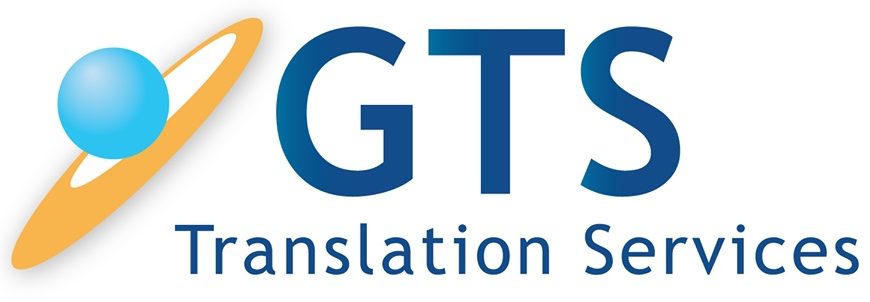
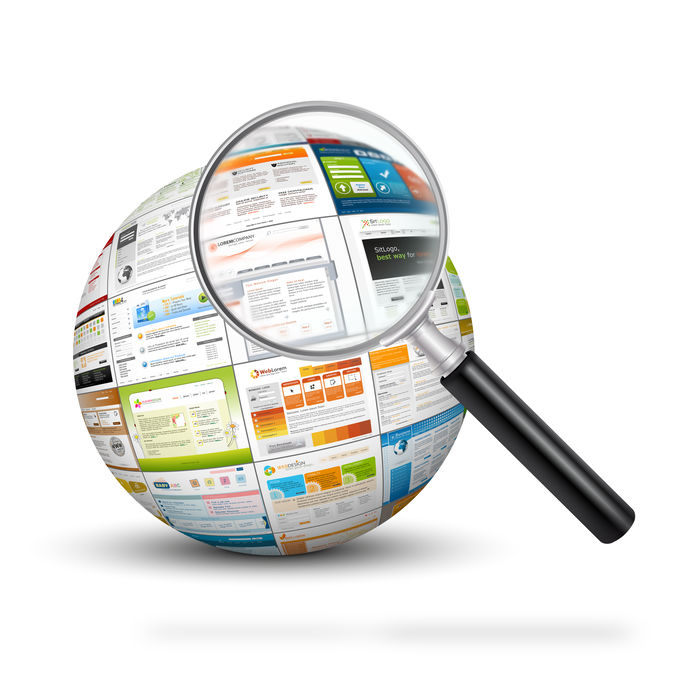


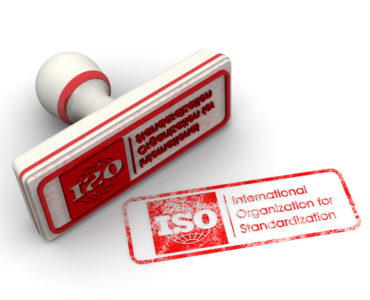

Impressive work on completing the WIC translation project! Partnering with professional French translation services can further support impactful public health communication worldwide. https://www.translationservicesworld.com/french_translation/
Thanks for your comment Arslan and for recognizing the value of professional translation in public health communication. GTS Translation Services is not affiliated with your organization and cannot endorse or recommend external agencies